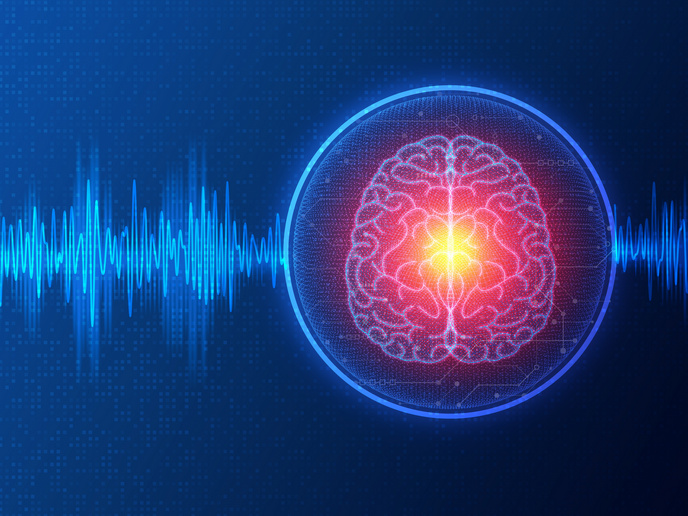Illuminating hope for the treatment of brain disorders
Brain diseases such as Alzheimer’s disease (AD) and Huntington disease (HD) impact neural networks in the brain causing cognitive and motor dysfunction, respectively. The outermost layer of the brain implicated in higher cognitive functions – known as the cerebral cortex – has an emerging role in disease pathogenesis.
Manipulation of brain activity by optogenetics
The interconnected circuits within the cerebral cortex and those linking other parts of the brain have emerged as potential therapeutic targets for brain disorders. Modulating the long-term activity of the neurons in these loops was the primary objective of the EU-funded NEUROPA(opens in new window) project. As project coordinator Edik Rafailov explains: “Many existing treatments for disorders of the brain are invasive; we wanted to develop an approach that can modulate the expression of genes involved in synaptic plasticity, alleviating dysfunction in a non-invasive manner.” The consortium employed optogenetics(opens in new window), a revolutionary technique in neuroscience that involves the use of light to control and manipulate the activity of specific neurons in living tissues. This technique has been traditionally used to investigate the role of specific neural circuits in health and disease.
Delivery of plant-derived proteins to the brain
Optogenetics relies on the introduction of light-sensitive proteins such as opsins(opens in new window) into specific types of neurons. These proteins can be derived from microorganisms and when exposed to visible light they activate or inhibit the neuron in which they are expressed. NEUROPA chose to use plant-derived photoreceptors known as phytochromes that can be activated by wavelengths in the near-infrared range. “We wanted to focus on red-light activated photoreceptors because the radiation penetrates deeper into biological tissues providing a window through the skull,” outlines Rafailov. The protocol involved the administration of adeno-associated virus (AAV) to transport the phytochromes through the nose across the blood brain barrier to specific brain circuits. Neuronal excitation was achieved using an external compact ultrashort pulse laser developed during the project.
Motor learning improvement
Researchers successfully validated their concept in vivo in HD mice by activating phytochromes in the cortical premotor area. This led to modulation of synaptic plasticity and improvements in the motor learning of HD mice(opens in new window), with astrocytes playing a significant role over cortical neurons. Neuronal activity following phytochrome stimulation was monitored non-invasively in cerebral blood flow using a modified diffusion wave spectroscopy(opens in new window) method. This method will serve as an innovative tool for assessing the effects of the interventions by detecting changes in brain circuits following phytochrome modulation. Moreover, for a more comprehensive understanding of brain modulating mechanisms, researchers proposed to deploy phytochromes conjugated with different proteins that when activated can both lower and increase intracellular signalling. Despite challenges in developing an experimental setup capable of testing laser, phytochromes and virus components, the project succeeded in developing an innovative, non-invasive neural modulation concept. “In any project with multiple dependent technologies under development, the integration part needs to be progressive and very carefully thought through,” emphasises Rafailov. The technology holds promise for theranostics in brain disorder patients, with potential long-term improvements in clinical outcomes. NEUROPA's approach signifies a significant step forward in addressing the complexities of brain disorders with a focus on precision and non-invasiveness.







